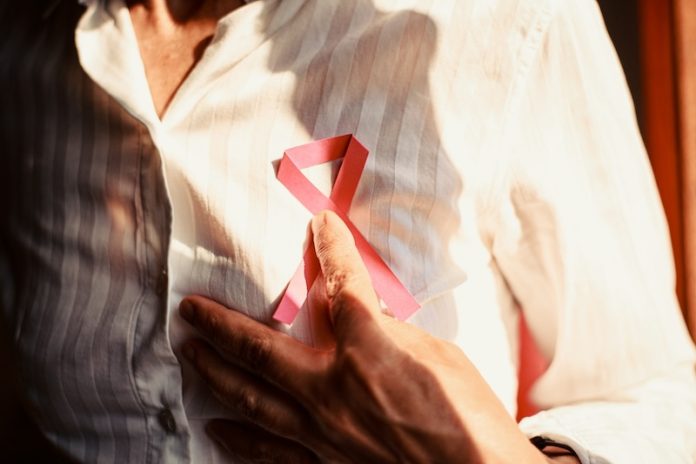
Researchers at Vanderbilt University have discovered a promising new way to monitor how triple-negative breast cancer (TNBC) responds to treatment.
Their study shows that ultrafast power Doppler ultrasound can track changes in tumors non-invasively, providing real-time insights into whether treatments like radiation and immunotherapy are working. This method could help doctors personalize treatment plans more effectively and improve patient outcomes.
The Challenge of Treating Triple-Negative Breast Cancer
TNBC is one of the most aggressive forms of breast cancer. Unlike other types, it does not respond to hormone therapies, making treatment options more limited. Immunotherapy, which helps the body’s immune system fight cancer, has shown promise, but not all patients respond to it.
One of the biggest challenges in treating TNBC is predicting which patients will benefit from therapy. Traditional methods like biopsies and standard imaging do not always provide a full picture of how tumors react to treatment. This makes it difficult for doctors to adjust therapies in time to improve results.
A New Way to Track Tumor Response
The study, published in Theranostics, introduces ultrafast power Doppler ultrasound as a potential breakthrough in cancer treatment monitoring. This technique allows researchers to observe changes in blood vessels within tumors in real-time, something that was previously only possible through biopsies or advanced imaging techniques.
“This ultrasound method provides a window into a patient’s tumor response to treatment that may help inform clinical decisions more quickly,” says Shannon Martello, the study’s lead author and a graduate student in the Tumor and Tissue Microenvironment Lab at Vanderbilt.
The team, led by Professor Marjan Rafat in collaboration with Professor Charles Caskey, tested this ultrasound approach on two types of breast cancer models: one that spreads (metastatic) and one that does not (non-metastatic). Their goal was to see how blood flow in tumors changed in response to radiation therapy.
Key Findings: How Tumors Respond to Treatment
Using ultrafast power Doppler ultrasound, researchers discovered important changes in tumor blood vessels after radiation therapy.
- Decreased Blood Flow – After radiation, the tumor’s vascular index (a measure of blood vessel activity) steadily declined. This suggests that radiation disrupts the tumor’s blood supply, which may help slow its growth.
- Increased CD8+ T Cells in Tumors – The decrease in blood flow was linked to a rise in CD8+ T cells, a type of immune cell that attacks cancer cells. This suggests that radiation helps the immune system better target the tumor.
- Early Activation of Immune Cells in the Spleen – The researchers also found that CD8+ T cells increased in the spleen soon after radiation therapy. The spleen is an important site for immune activation, so this early response may be a key step in the body’s fight against cancer.
Why This Matters for Cancer Treatment
These findings suggest that ultrafast power Doppler ultrasound could become a powerful tool for guiding TNBC treatment. By quickly detecting how tumors respond, doctors could adjust therapies sooner, improving their effectiveness.
“This technique could be crucial in personalizing cancer treatment,” says Rafat. “By providing accurate indicators of treatment effectiveness, clinicians may be able to tailor therapies more rapidly and precisely.”
Looking Ahead
Although this research is still in the early stages, it offers exciting possibilities for improving cancer care. If further studies confirm these results, ultrafast power Doppler ultrasound could become a standard tool for monitoring TNBC and potentially other cancers.
Tracking vascular changes and immune responses in real-time could lead to better, more targeted treatments for patients with limited options.
By improving the ability to predict which treatments will work, this new approach brings hope for more effective and personalized cancer therapies in the future.
If you care about breast cancer, please read studies about how eating patterns help ward off breast cancer, and soy and plant compounds may prevent breast cancer recurrence.
For more health information, please see recent studies about how your grocery list can help guard against caner, and a simple way to fight aging and cancer.
The research findings can be found in Theranostics.
Copyright © 2025 Knowridge Science Report. All rights reserved.



